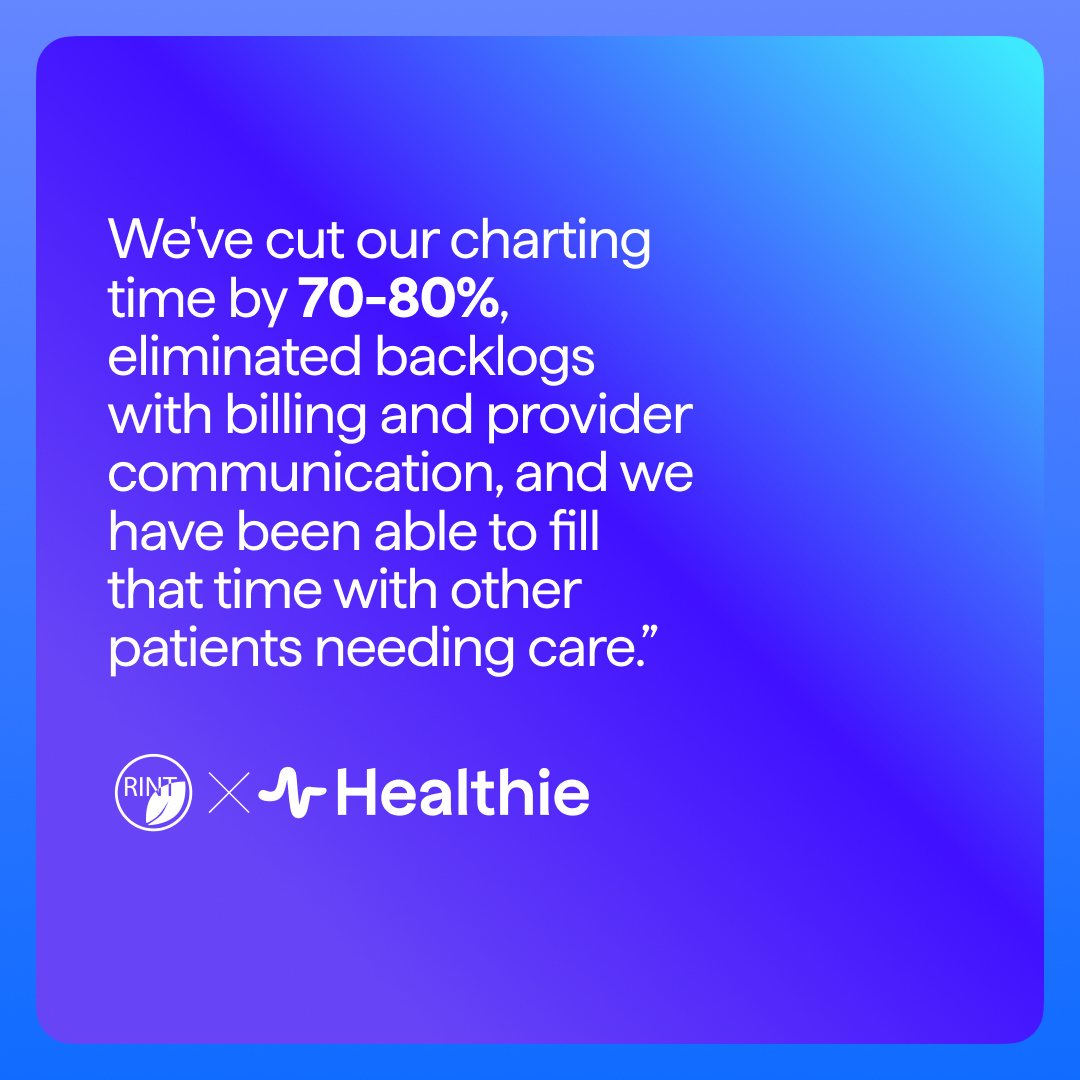QR Code
What is a QR Code?
A QR code is a two-dimensional barcode that is readable by QR scanners, smartphones with a QR code reader app, and some cameras. QR codes are used to store information such as website URLs, email addresses, phone numbers, or plain text. When a QR code is scanned, the QR code reader app will open the stored information.
QR codes are becoming increasingly popular in healthcare. They are used to store patient information, such as medical records and insurance information. QR codes can also be used to store information about medications, treatments, and procedures. QR codes can be used to track medical supplies and equipment. And, QR codes can be used to provide information to patients and caregivers.
There are many benefits of using QR codes in healthcare. QR codes can help to improve patient care by providing quick and easy access to important information. QR codes can also help to save time and money by reducing the need for paper records. QR codes can help to reduce errors and improve safety by providing accurate and up-to-date information.
If you are a healthcare provider, consider using QR codes to improve patient care and save time and money. If you are a patient or caregiver, ask your healthcare provider if they are using QR codes and how you can access the information.
How can QR Codes be used in healthcare?
QR codes are a type of two-dimensional barcode that can be read by smartphones and other devices with a camera. When a QR code is scanned, it can provide information about a patient’s health condition, medication, and treatment plan.
QR codes can be used in healthcare to track patients, medications, and medical equipment. They can also be used to provide information to patients and caregivers.
QR codes can be used to track patients. For example, QR codes can be placed on patient wristbands. When a QR code is scanned, it can provide information about the patient’s name, date of birth, medical condition, and treatment plan.
QR codes can be used to track medications. For example, QR codes can be placed on medication bottles. When a QR code is scanned, it can provide information about the medication, dosage, and side effects.
QR codes can be used to track medical equipment. For example, QR codes can be placed on medical equipment. When a QR code is scanned, it can provide information about the equipment, its location, and how to use it.
QR codes can be used to provide information to patients and caregivers. For example, QR codes can be placed on educational materials. When a QR code is scanned, it can provide information about the condition, treatment, and self-care.
What are the benefits of using QR Codes in healthcare?
There’s no doubt that QR codes are becoming increasingly popular. You see them everywhere, from product packaging to billboards. And now, they’re even being used in healthcare.
QR codes can be used for a variety of purposes in healthcare, from providing information about a medication to linking to a patient’s medical records. Here are just a few of the ways that QR codes are being used in healthcare and the benefits they offer:
1. QR codes can provide quick and easy access to information about medications.
If you’ve ever been prescribed a new medication, you know that there’s a lot of information to take in. QR codes can make it easier to access that information. For example, many pharmacies are now using QR codes on prescription labels. When scanned, these QR codes link to a website with information about the medication, including how to take it and what side effects to expect.
2. QR codes can be used to track medical supplies.
In healthcare, it’s important to be able to track medical supplies. QR codes can help with this by providing a quick and easy way to track inventory. For example, hospitals can use QR codes to track medical equipment. When a piece of equipment is scanned, the QR code can provide information about when it was last serviced and when it needs to be serviced again.
3. QR codes can be used to link to medical records.
QR codes can also be used to link to medical records. This can be helpful for both patients and healthcare providers. For patients, it can provide quick and easy access to their medical records. For healthcare providers, it can help them quickly pull up a patient’s medical history.
4. QR codes can be used to provide educational materials.
QR codes can also be used to provide educational materials. For example, hospitals can use QR codes to link to educational videos about various medical procedures. This can be helpful for both patients and their families.
5. QR codes can be used to promote healthy behaviors.
QR codes can also be used to promote healthy behaviors. For example, hospitals can use QR codes to link to healthy recipes or exercise videos. This can help patients and their families make healthier choices.
Overall, there are many benefits to using QR codes in healthcare. QR codes can provide quick and easy access to information, help with tracking medical supplies, and promote healthy behaviors.

